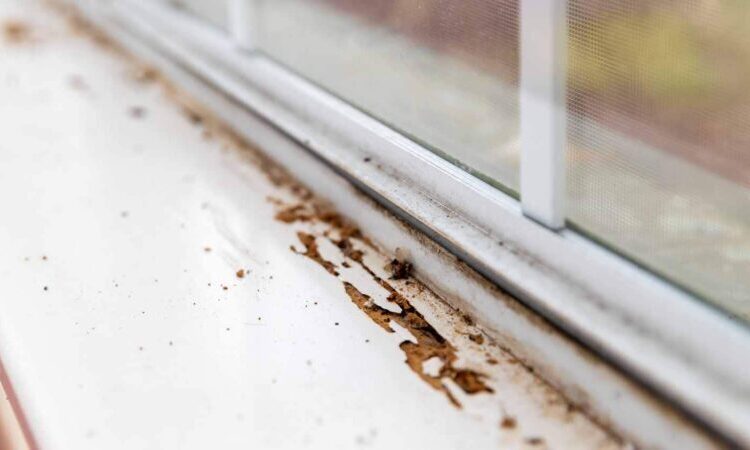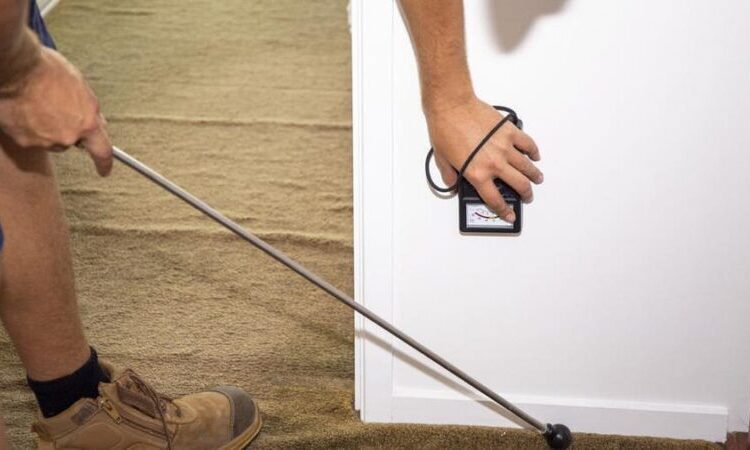Unbeknownst to many, a relentless silent destroyer lurks in our neighbourhoods. That global menace? It’s the humble termite, small creatures capable of inflicting incredible damage on homes and buildings. It’s a predicament playing out in countless homes across the planet whether you live in Sydney, New York, or London.
A critical part of managing this potential catastrophe is detecting it early before it wreaks havoc with your home’s structural integrity. This comprehensive article will keep you informed about termites, the causes of their infestation, how to spot signs of their presence early, why one should conduct regular termite inspections, and how to put preventative measures in place.
Understanding What Termites Are
Termites, colloquially known as ‘white ants’ aren’t, peculiarly enough, ants at all. These insects belong to the cockroach family and are further classified into various types like dampwood, drywood and subterranean termites, each with its own unique characteristics. The termite lifecycle and habits play a critical role in why they are deemed pests.
A burgeoning termite colony can consist of millions of individuals, including workers, soldiers, and reproductive termites, with queen termites capable of laying thousands of eggs in a single day. Their preference for feeding on wood and cellulose makes them a significant threat to our homes. It’s worth noting that termites are not restricted by geographical boundaries and are found all over the world, barring Antarctica.
Early Signs of a Termite Infestation

Picking up on the early signs of a termite infestation could save you a significant penny and heartache. Raised, uneven or bubbling paint can be an indication of termites carving out galleries within the walls. Keep an eye out for discarded termite wings, often found near windows, doors and other home access points.
Spotting mud tubes constructed by termites along the exterior of your house is a definite red flag. Interiors are not immune either; hollow sounding wood when tapped and the presence of frass, or termite droppings, are tell-tale signs. Unusual phenomena like stiff windows or tight-fitting doors could also be an indication of these invaders.
Causes of Termite Infestation
Termites are attracted to areas that provide them with hydration and food, thus making our homes an ideal habitat for these cellulose-loving critters. Missteps homeowners frequently make include leaving dead wood or heaps of mulch near their homes, inadvertently providing termites with a food source.
Weather conditions also play a central role, with termites thriving in warmer and damp conditions. The presence of moisture in your home, whether via leaking pipes or inadequate ventilation, often initiates termite attacks.
Importance of Regular Termite Inspections

Investing time in regular termite inspections can avert expensive repair bills down the track. It’s a good rule of thumb to conduct a termite inspection at least annually or more frequently if your area is known for termite activity. Professionals can spot signs that regular homeowners may miss, but if that’s not feasible a thorough home inspection could help. When selecting a pest control service, ensure they are reliable, thorough, and come equipped with positive reviews and recommendations.
Preventive Measures Against Termites
Prevention, as they say, is better than cure. A well-maintained home minimises enticing opportunities for termites to set up shop. Avoid moisture accumulation in and around your home, and keep wood-based materials at a safe distance. When constructing or renovating your house, use termite-resistant materials as a deterrent. There are also natural and chemical treatments available that can significantly reduce the risk of infestation.
Conclusion
Identifying early signs of termite infestation, both visible and hidden, goes a long way in protecting your property. Regular home inspections clubbed with sustainable preventative measures can safeguard your home from these silent destroyers.
Never hesitate to recruit professional help when necessary, as this can make a significant difference in promptly addressing termite issues. The fight against termites may be ongoing but having the knowledge at your fingertips is the first step to maintaining a termite-free home.
